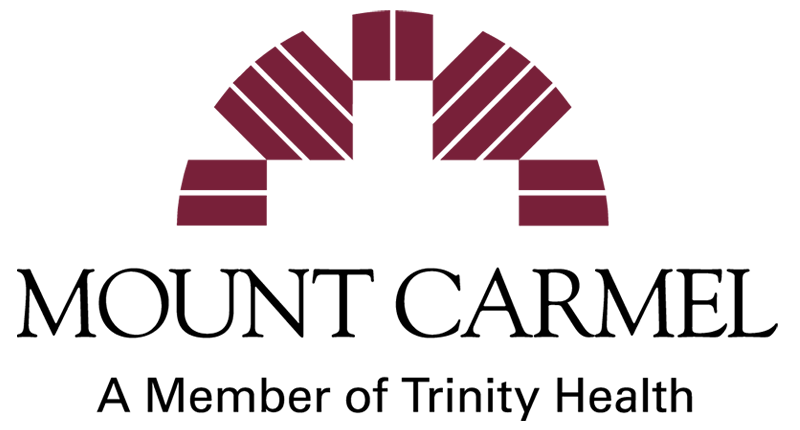Know When to Screen: 9 Signs That Signal It's Time for a Mammogram
October 30, 2024
Breast cancer remains one of the most common cancers among women, making regular screenings essential for early detection and successful treatment. While it's important to be proactive about breast health, many people are unsure about when they should begin screenings or what factors put them at higher risk. Understanding the signs and risk factors can help you take charge of your health and get screened when necessary. Here are 9 key indicators that suggest it’s time to consider a breast cancer screening.
1. Age
As you age, your risk for breast cancer increases. Women aged 40 and older are generally advised to start regular mammograms, either annually or every two years, depending on personal and family risk factors.
2. Family History
Having a family history of breast cancer, particularly in a first-degree relative such as a mother, sister, or daughter, raises your risk. If this applies to you, earlier and more frequent screenings may be recommended.
3. Genetic Predisposition
There are several genes that can increase your risk of breast cancer. Examples are BRCA1 and BRCA2, which are genes that help repair DNA damage. If you inherit harmful mutations in either of these genes, your risk of developing breast cancer can be significantly higher. Genetic testing can identify these mutations and guide your screening plan.
4. Lump or Change in the Breast
Noticing a new lump, thickening, or any changes in the texture of your breast tissue, including dimpling, redness, or unusual nipple discharge, should prompt immediate screening. Early detection is critical, especially if changes occur between routine exams.
5. Previous Radiation Therapy
If you've undergone radiation treatment to the chest, particularly before the age of 30, for conditions like Hodgkin’s lymphoma, you are at a heightened risk and should consider earlier screening options.
6. Personal History of Breast or Other Cancers
If you’ve previously had breast cancer or cancers like ovarian or pancreatic cancer, you are at a higher risk of recurrence or developing new breast cancer. Regular monitoring is essential in these cases.
7. Dense Breast Tissue
Women with dense breast tissue have a higher risk of breast cancer, and dense tissue can make it harder to detect abnormalities on a mammogram. Additional imaging may be required for accurate screening.
8. Hormonal Factors
Long-term use of hormone replacement therapy (HRT), early onset of menstruation (before age 12), or late menopause (after age 55) can increase your breast cancer risk due to extended exposure to estrogen.
9. Lifestyle Factors
Certain lifestyle habits, such as obesity (especially after menopause), excessive alcohol consumption, smoking, and a sedentary lifestyle, are all linked to an increased risk of breast cancer. Making healthy lifestyle changes can help lower your risk, but regular screenings remain vital.
Being aware of these risk factors can help you stay proactive about your breast health. Whether it’s age, genetics, or lifestyle factors, understanding when to get screened is crucial for early detection and improving outcomes. Don’t wait until it’s too late—early screening could save your life.
If you’re experiencing any of these risk factors, or if it’s time for your regular mammogram, don’t delay. Schedule a screening today and take a proactive step toward your health. Remember, early detection is one of the most powerful tools in the fight against breast cancer. Reach out to your healthcare provider or local clinic to book your appointment now!
To schedule a mammogram or visit with a provider, please visit: Mammography | Mount Carmel Health System
